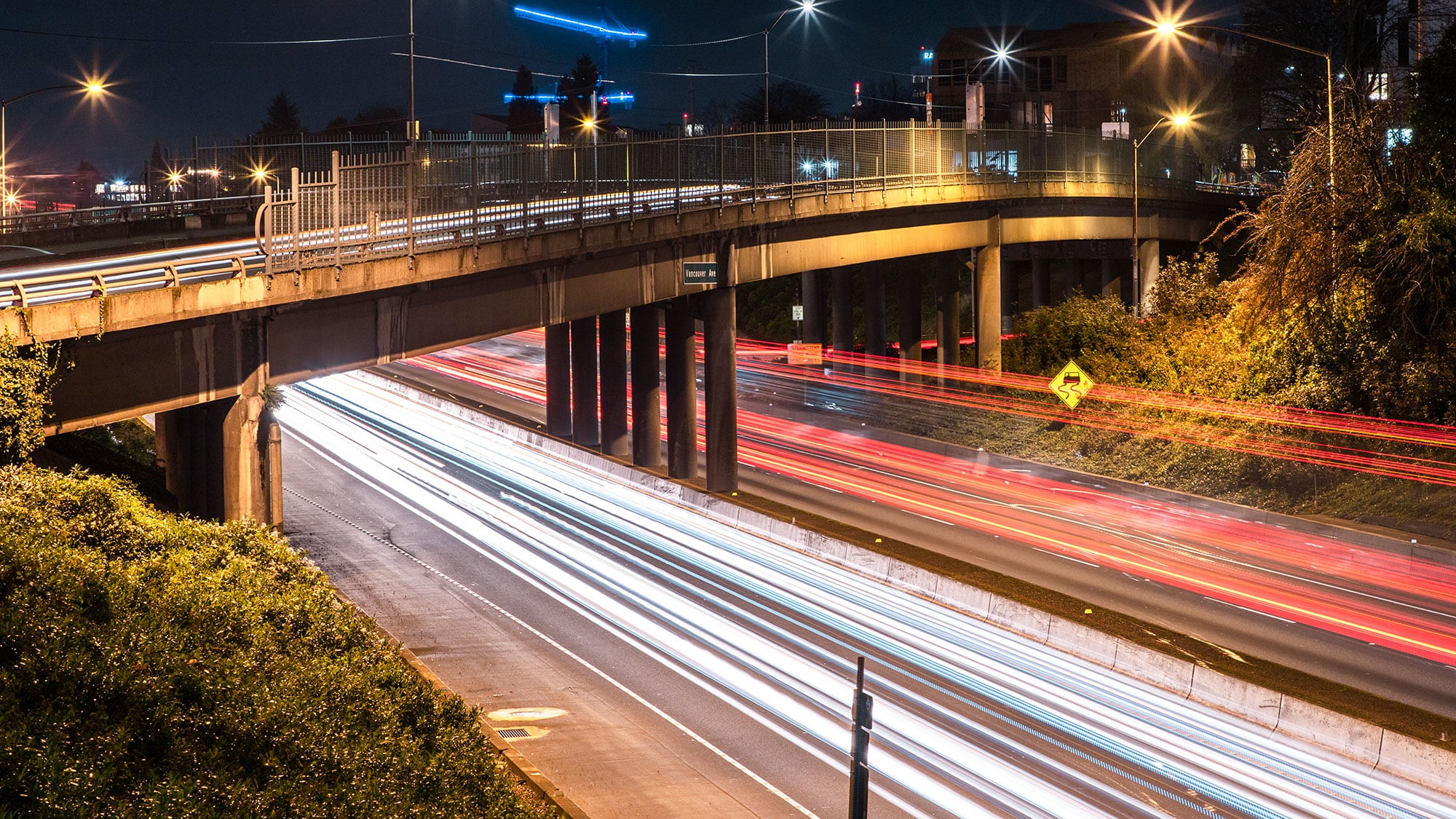On Dec. 20, WW reported the Oregon Department of Transportation's planned expansion of Interstate 5 through the Rose Quarter would cost significantly more than expected: $715 million to $795 million, rather than the $450 million price tag lawmakers approved in 2017.
That's a huge increase for a controversial project not expected to break ground until 2022—and it came just three days after the Oregon Transportation Commission had been expected to greenlight the project. The OTC punted at its Dec. 17 meeting, but only after critics forced Gov. Kate Brown's hand. Those critics want further environmental study before ODOT does anything.
After WW reported the projected cost overrun, based on an internal ODOT draft, we sat down with three representatives of the highway department—ODOT government relations manager Lindsay Baker, spokeswoman April deLeon-Galloway, and Mike Baker, a contractor hired to oversee cost estimates—to learn more about what went awry. Their answers have been edited for brevity and clarity.
WW: How much higher could the cost of the project go beyond $795 million, the higher number in the cost-to-complete report?
ODOT: There's a 70 percent likelihood the cost of the project at the end of the day will come in at or below that range. Construction is the biggest bucket of risk potentially. Finding artifacts, historical remains, old pipes and tanks that no one knew about and didn't show up on plans anywhere, you just don't know about a lot of that stuff.
Why is the cost so much higher than the 2017 number?
Inflation is the biggest reason. That was not in the [estimate] provided to the Legislature in 2017. ODOT leadership recognizes we could've done a better job at estimating initially.
We're talking about more than a 50 percent increase. What about would you say to someone who says, "This project was sold to legislators under false premises"?
The conversations we had with the Legislature in the 2017 session were relatively preliminary. But that was also the point of having a [cost-to-complete] report back to the Legislature in February 2020.
Was the big increase in cost a surprise?
No. Other big projects in the region—the Sellwood Bridge, Sunset Corridor—they're very complex and typically cost more than preliminary estimates. They're developed with less than 5 percent design when you're asking for funding. Nobody likes to see a 50 percent delta, but the worst we could've done was continue to perpetuate the $450 million number. We think we know now that we can bring this project in within that range.
What's the biggest challenge of the project you're planning?
Maintenance of traffic. You've got to move traffic to one side or another several times to build the project. This is true on the I-5 level, but also up above on the street system. It's a balance of speed with safety, and with managing all the expectations that the community has for what inconveniences they'll tolerate. It's like you're doing open-heart surgery while somebody runs a marathon.
When did ODOT leadership learn that the number was far off?
These numbers came out around Dec. 6. That was as soon as the independent estimators had put their numbers together. Anything prior to that would've been speculation.
Were members of the Oregon Transportation Commission familiar with these numbers before the vote on the environmental review that was scheduled Dec. 17?
Not that we're aware of. The plan was always to bring them a draft report in January.
Is there a number at which ODOT leadership would recommend something other than the Rose Quarter concept? If it costs $2 billion, say?
No, there's not a number. It might depend on the risk tolerance of the commission, of the Legislature, of the governor, of ODOT, but wherever that line is drawn, the need for the project doesn't disappear. The project has statewide and nationwide significance.
A lot of people in Portland need to hear again why we're doing this project.
The goals we have in mind are taking steps to addressing congestion problems that impact far beyond the metro area, taking steps to provide community reconnections. Safety and operational improvements are definitely a priority of this project. Part of how we measure the success of this project will be reducing crashes on the corridor.
Describe the congestion problem.
The Rose Quarter is the 28th-worse bottleneck in the country. It's the worst bottleneck in the state of Oregon. As we look to get all of the goods and products from market through the city of Portland to the port or up and down the coast, we look at the Rose Quarter as a total pinch point.
What metric would make you think spending this much would be a success?
It's hours of delay on this segment in particular, because the project is along this corridor, but overall, it has statewide significance. It's about the economy of the state of Oregon.
Your critics point out that bottlenecks move. And they point to induced demand—if you build more capacity, more traffic will fill that capacity, leaving congestion unchanged.
It's important to hear those voices, and we've certainly heard that about induced demand, but our system isn't quite there yet. The need is there to ensure that we keep Portland moving.


